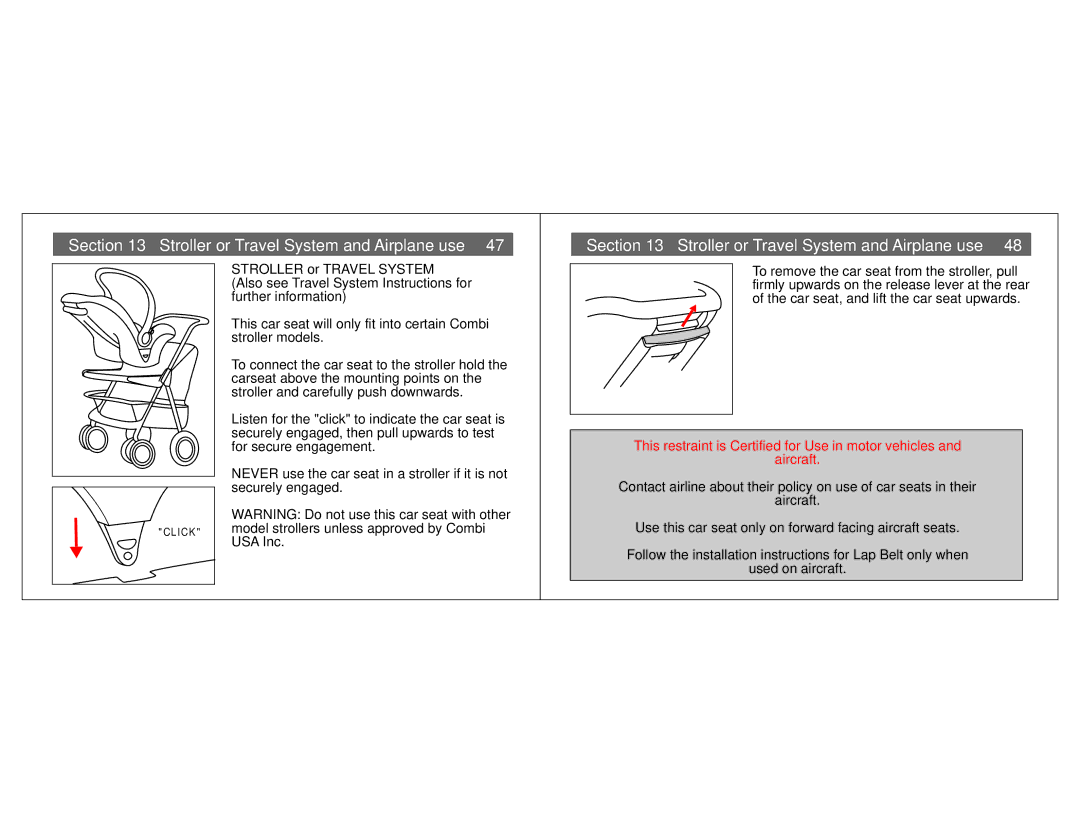Centre DX 8074, Centre ST 8065, Centre EX 8086 specifications
The Combi Centre series, comprising the EX 8086, ST 8065, and DX 8074 models, represents a significant advancement in modern engineering, combining versatility and innovation for a range of applications. Each model brings unique features and technologies tailored to meet various user needs while maintaining a cohesive design philosophy.Starting with the Combi Centre EX 8086, this model is renowned for its exceptional performance in both industrial and commercial settings. It features a robust construction that ensures long-lasting durability under heavy usage. One of the main highlights of the EX 8086 is its advanced control system, which integrates real-time monitoring capabilities, allowing users to track operational parameters accurately. Additionally, this model boasts energy-efficient motors, resulting in reduced operational costs while minimizing environmental impact. The EX 8086 is also equipped with an ergonomic interface, enhancing user experience through intuitive controls and easy navigation.
Next in line is the Centre ST 8065, which is specifically designed for versatility and efficiency. This model features modular components that can be easily customized, enabling users to tailor the machine to specific tasks. The ST 8065 employs cutting-edge automation technology, streamlining workflows and maximizing productivity. Another standout characteristic of this model is its enhanced safety features, including emergency stop functions and improved shielding, ensuring a secure working environment. The ST 8065 is particularly praised for its low maintenance design, contributing to decreased downtime and operational efficiency.
Finally, the Centre DX 8074 distinguishes itself with advanced connectivity options, enabling seamless integration with other systems and devices. It features IoT capabilities, allowing users to monitor performance remotely and receive real-time alerts for maintenance needs. The DX 8074 also integrates sophisticated data analytics tools, providing insights that help in optimizing performance and enhancing decision-making processes. Its sleek design is paired with rugged components, making it suitable for both harsh environments and delicate tasks, highlighting its versatility.
In summary, the Combi Centre EX 8086, ST 8065, and DX 8074 models exemplify innovation in engineering and design. Each model features unique technologies and characteristics that cater to specific needs, while their collective emphasis on efficiency, safety, and durability makes them ideal choices for a wide range of industrial and commercial applications. Together, they represent a powerful lineup that continues to push the boundaries of what is possible in their respective fields.

